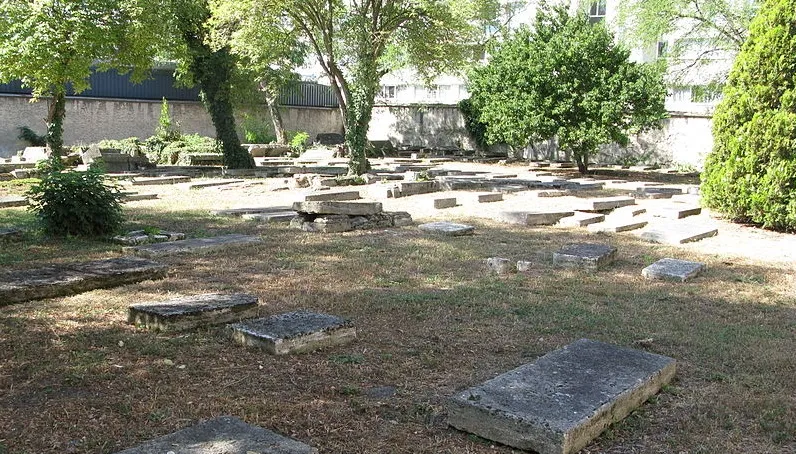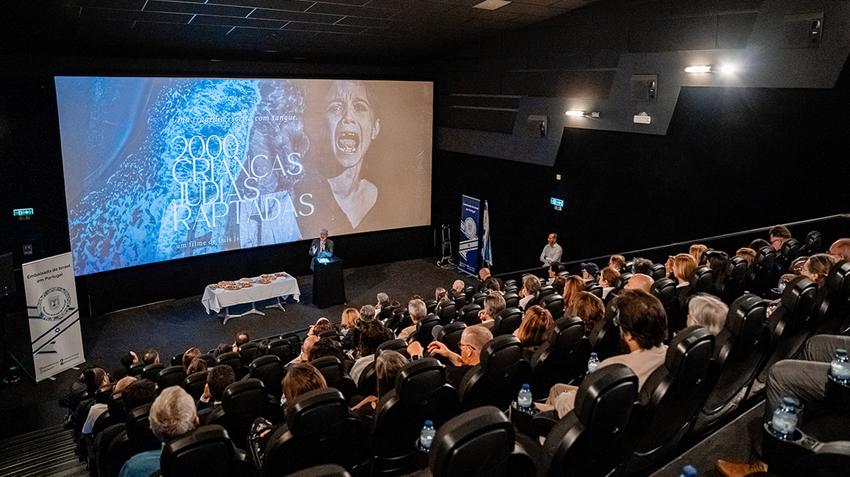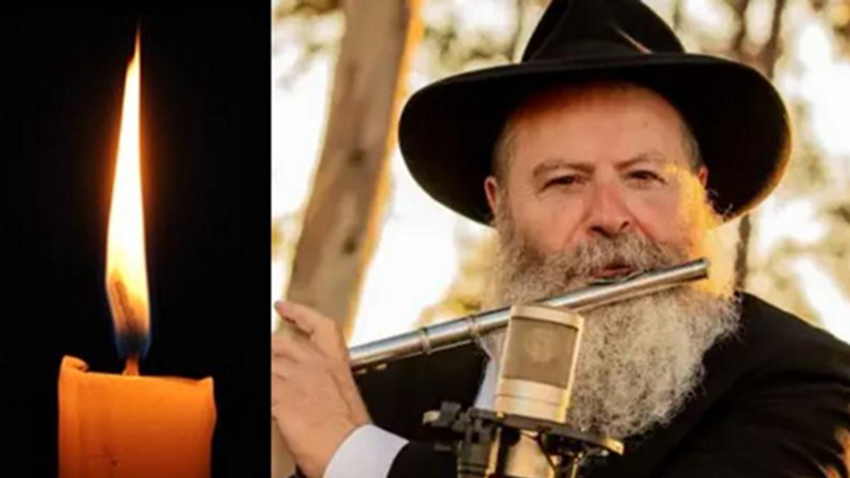Since the 16th century Bordeaux has had a private cemetery for “the Portuguese Jewish nation” located in Gironde. It was inaugurated in 1724 on land donated by a trader and shipowner called David Gradis (1665-1751). Today, Portugal’s Consul-General to Bordeaux has decided to give the cemetery more visibility and has worked in conjunction with the Jewish Consistory.
This was the first Jewish cemetery in Bordeaux, the burial ground for members of the Portuguese and Spanish communities expelled from their countries during the Inquisition.
The oldest grave belongs to Ezéchias-Issac Peres and dates from 14 March 1725; the most recent is that of David Lameyra, who was buried on 29 October 1788.
David Gradis donated the plot of land to the community because until that date people were buried in churchyards and in cloisters. Until the start of the 18th century, the land had an area of 4.000 sq.m. There were about eight hundred graves in seventeen rows. However, in 1911, nearly a third of the cemetery (1.000 sq.m.) was expropriated by the French War Ministry “to install a munitions factory before the First World War”, as explained to LusoJornal by Erick Aouizerate, President of Bordeaux’s Jewish Consistory.
At the time, 279 graves disappeared. The bones of the dead people were transferred to the new Jewish Cemetery in Cours d’Yser, but their gravestones were piled together in the area of the cemetery that had not been expropriated.
“The Portuguese authorities and the Community itself have known about the Jewish Cemetery of Bordeaux for many years, yet over time it became neglected and gradually it became more difficult to visit,” says Consul General Mário Gomes. “After my arrival, one of my first concerns was to contact the Jewish Consistory and renew the ties between the Jewish Community and the Consulate”.
By doing this, Mário Gomes says he is “reclaiming a space for the Portuguese community that was originally theirs. Our concern was to visit the property, try to help the Jewish Consistory recover it and mobilise the current Portuguese community”.
The Consul himself encouraged associative leaders and Consulate employees who began clearing the bushes and vegetation that were now encroaching on the graves.
On-going identification project
Erick Aouizerate explains that the Consistory is also undertaking a project to identify all the graves with the help of a historian. “It is painstaking work”, he tells LusoJornal. The gravestones are laid on the ground and many were piled together when part of the cemetery was expropriated.
The next step is to clean each gravestone, one by one, photograph it and create an Internet site. “Alongside each gravestone we would like to place the story of the Portuguese Jews who were buried here and how much they contributed to the community and the town”.
The Jewish Consistory and the General Consulate of Portugal “are on very good terms”, as confirmed by the Consistory President and the Portuguese Consul General. Indeed, they are linked by another fact: during the Second World War it was the Portuguese Consul General, Aristides de Sousa Mendes, who saved thousands of Jews by issuing them visas, against Salazar’s orders, enabling them to travel through Portugal on their way to other destinations.
David Gradis, who donated the land for the cemetery, was one of the biggest financiers and traders in the Bordeaux region. “His family, but also many other families played a very important role here. I am referring to the Henriques, Rabat, Pereira”, Consul General Mário Gomes tells LusoJornal. “By historically recovering the importance of the Portuguese Jewish community in the economic development of this region we will, by analogy, help ensure that the local authorities value the Portuguese community as a whole, naturally including the Portuguese community that today contributes to the region’s social and economic development”.
“When we look at the city of Bordeaux and its toponyms, we immediately identify streets, metro stations, and historical monuments with Portuguese names”, says Mário Gomes.
The boundary wall, main door, paving and subsoil of the cemetery were registered on the list of Historic Monuments on 27 September 1995. “We work closely with the Bordeaux Tourist office and guides offer tours to this cemetery on a regular basis, given its history and heritage value”, confirms Erick Aouizerate. The Consistory has already contacted a landscape architect with the aim to, as it were, “give new life to this cemetery”.
Portuguese tradition lives on in the synagogue
The President of the Consistory says that he knows families who are descended from people buried in this cemetery such the Torres and Cardoso families. Manuel Pereira Guimarães, for instance, is a historian working on this project. Michel Cardoze, the well-known weatherman on French television, “often comes here, as does the Mendes family, with whom we are on very good terms”, says Erick Aouizerate.
“All these families, whom we know, are very willing for the cemetery and its history to be preserved. That is why, for instance, we come here every year with the Rabbi of Bordeaux, to pay tribute to Ruben Falcão, first rabbi of the Portuguese community, who is buried here,” explains Erick Aouizerate. “However, for us, the memory of the Portuguese is inscribed in our daily prayers because we keep ‘Minar’, a Portuguese tradition”.
When it reached France, “the Portuguese Jewish community brought with it many things we still have today. In the Jewish Consistory, we follow the Sephardic rite. Naturally, we sing in Hebrew, as in all other synagogues, but we also have songs and liturgies that were brought by the Portuguese Jewish community who went to Bayonne, Amsterdam or Bordeaux. On feast days, we still sing in Ladino”, says Erick Aouizerate.
Now the Jewish Consistory wants to restore the synagogue organ “because our synagogue was used as a prison during the Second World War and the organ was vandalised”.
Source: Luso Jornal


































